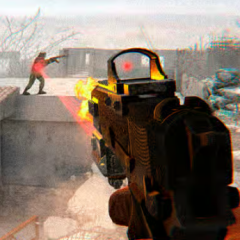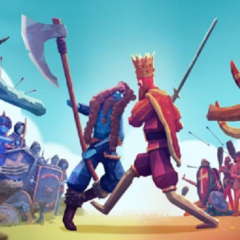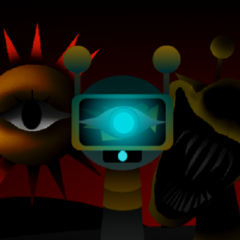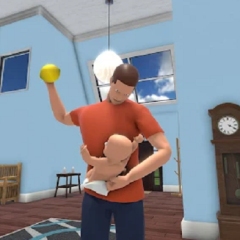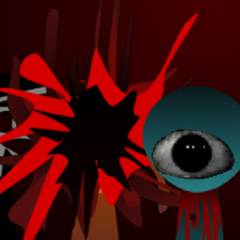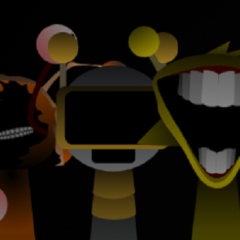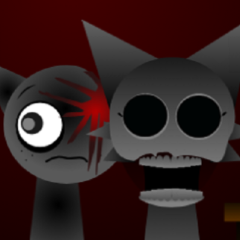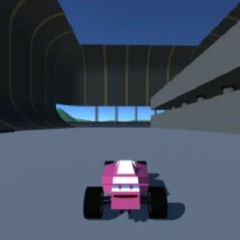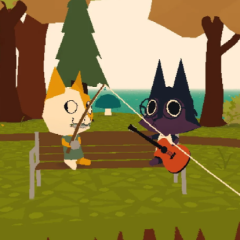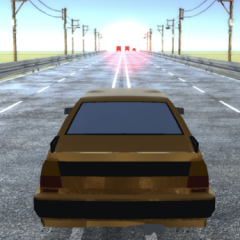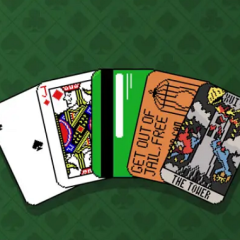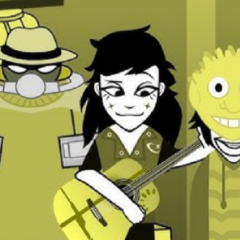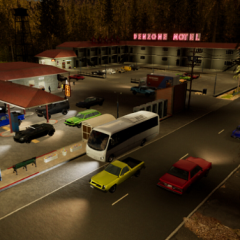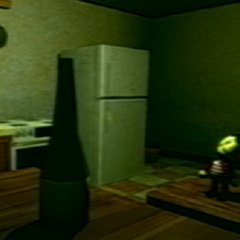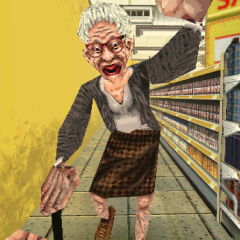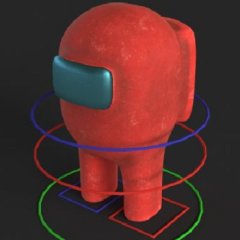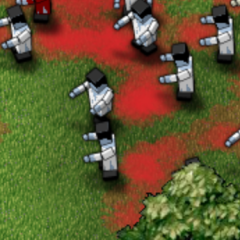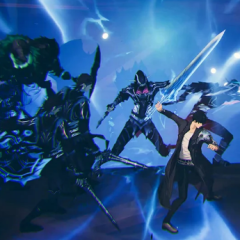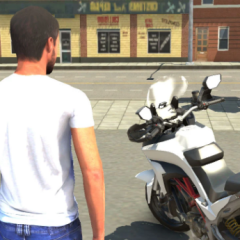Bodycam is a first-person multiplayer shooter that aims to replicate realistic movement and visual distortion through the use of body-mounted camera effects. Unlike traditional shooters, the game uses a visual style that mimics footage from actual tactical bodycams, resulting in unsteady motion, narrow field of view, and natural light distortion. This approach increases immersion and changes how players perceive combat, strategy, and space.
Gameplay and Visual Impact
The movement system in Bodycam is one of its defining features. Players experience slower turns, visible head sway, and limited vision, which mimic real-life conditions under stress. These mechanics alter the pacing of gameplay and place greater importance on awareness, communication, and positioning. The visual fidelity is high, but not in a polished cinematic sense—instead, it captures grainy textures, ambient blur, and dynamic lighting that feel grounded.
Key Elements That Shape the Experience
Several mechanics contribute to Bodycam’s unique approach:
· Realistic character motion with head bobbing and weapon sway
· Environmental sound that adjusts based on distance and barriers
· Weapons that require more precise aim due to visual limitations
· Limited HUD to maintain immersion
· Team-focused modes that reward coordination over reflexes
Together, these features emphasize situational awareness and decision-making rather than rapid movement or reflexive shooting.
Team Play and Map Design
Bodycam includes maps designed with realism in mind, featuring tight urban spaces, building interiors, and outdoor areas with natural cover. These environments reward careful movement and teamwork, as players who rush without planning often expose themselves. Communication is essential—both for sharing enemy positions and coordinating tactics. With minimal visual indicators, players must rely on verbal cues and environmental observation.
A Different Kind of Tension
Bodycam sets itself apart by stripping away game-like feedback and focusing on grounded, uncomfortable realism. Players often feel exposed and uncertain, which enhances tension in every encounter. Instead of aiming for fast-paced entertainment, the game simulates the stress of real conflict scenarios. It’s a slower but more intense experience where every decision matters, and success relies on discipline rather than speed.

